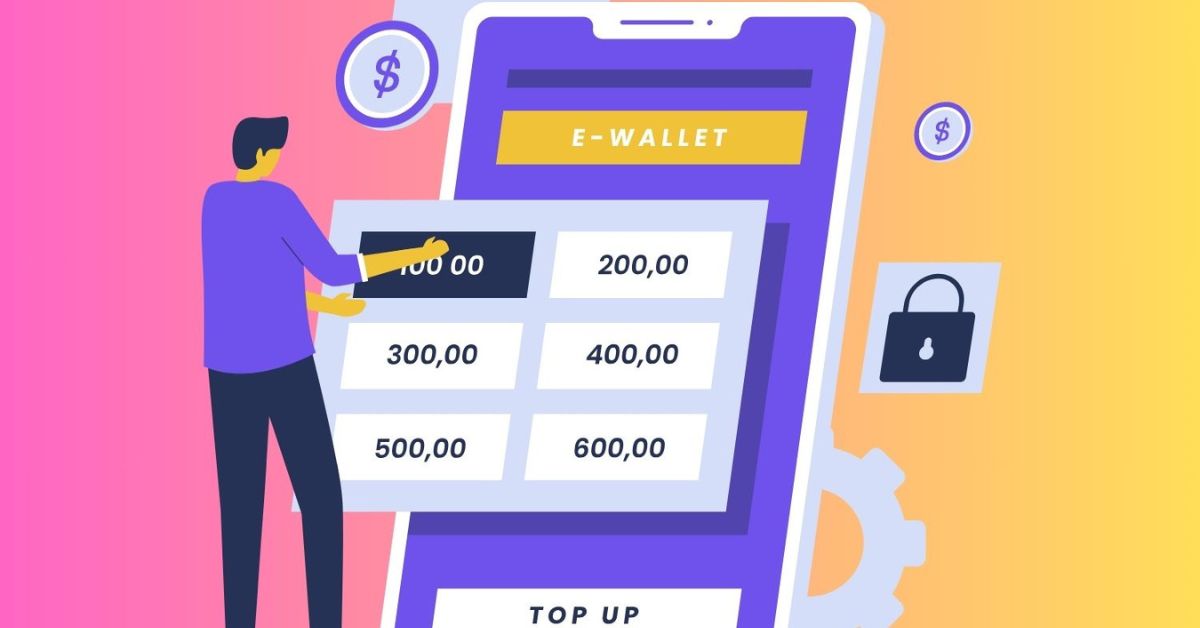Introduction
Open banking rapidly reshapes the financial landscape, enabling secure data sharing, personalized banking experiences, and seamless digital transactions. With the rise of fintech innovations, regulatory advancements, and AI-driven solutions, open banking is set to become even more influential in 2025 and beyond.
Here’s a look at the key trends shaping the future of open banking and how they will impact businesses, consumers, and financial institutions.
1. Expansion of Open Finance Beyond Banking
While open banking has primarily focused on bank accounts and payments, the future will see its expansion into open finance, which includes:
Investment platforms
Insurance services
Pension accounts
Lending and mortgages
Why It Matters:
Consumers will have a single digital financial hub to manage their entire financial portfolio.
Fintech companies will create more personalized financial products based on user behavior.
More inclusive financial services will be available, especially for those without traditional banking access.
2. AI-Powered Financial Automation & Smart Banking
Artificial Intelligence (AI) and machine learning will play a significant role in enhancing open banking services. Banks and fintech companies will use AI to:
Analyze financial behavior and provide personalized spending recommendations.
Detect fraudulent activity in real time.
Automate bill payments, budgeting, and investment decisions based on AI-driven insights.
What to Expect:
AI-powered chatbots and voice assistants help users manage finances.
Innovative financial planning tools that predict upcoming expenses and suggest savings strategies.
Fraud detection algorithms improve security and reduce financial crime.
3. Rise of Embedded Finance & “Banking-as-a-Service” (BaaS)
Open banking is fueling the growth of embedded finance, where non-banking businesses integrate financial services directly into their platforms.
Example Use Cases:
E-commerce websites offer instant financing options at checkout.
Ride-sharing apps integrating wallets and insurance services.
Social media apps enable peer-to-peer payments without external banking apps.
Impact on Businesses & Consumers:
Faster, seamless transactions within everyday digital experiences.
Increased accessibility to banking services through non-traditional platforms.
More businesses are adopting financial services without needing a banking license.
4. Stronger Data Security & Consumer Protection
With growing data sharing in open banking, regulators will strengthen cybersecurity measures and data protection laws. Expect:
More advanced encryption technologies to secure transactions.
Stronger customer authentication to prevent fraud.
Regulatory frameworks enforce stricter compliance with data-sharing policies.
5. Global Standardization of Open Banking
As open banking expands, countries will work towards a unified global framework for seamless cross-border transactions.
What’s Coming:
More countries are adopting open banking regulations.
Standardized APIs allow international fintech collaborations.
Real-time cross-border payments with lower fees and higher transparency.
Conclusion
The future of open banking is dynamic and transformative. It will offer more personalized, automated, and secure financial services. As AI-driven automation, embedded finance, and global standardization continue to evolve, open banking will reshape the way people manage money, make payments, and access financial products.
By 2025 and beyond, open banking will no longer be a trend but the foundation of digital finance.
#OpenBanking #FintechTrends #DigitalBanking #AIinFinance #FutureOfFinance
Categories



